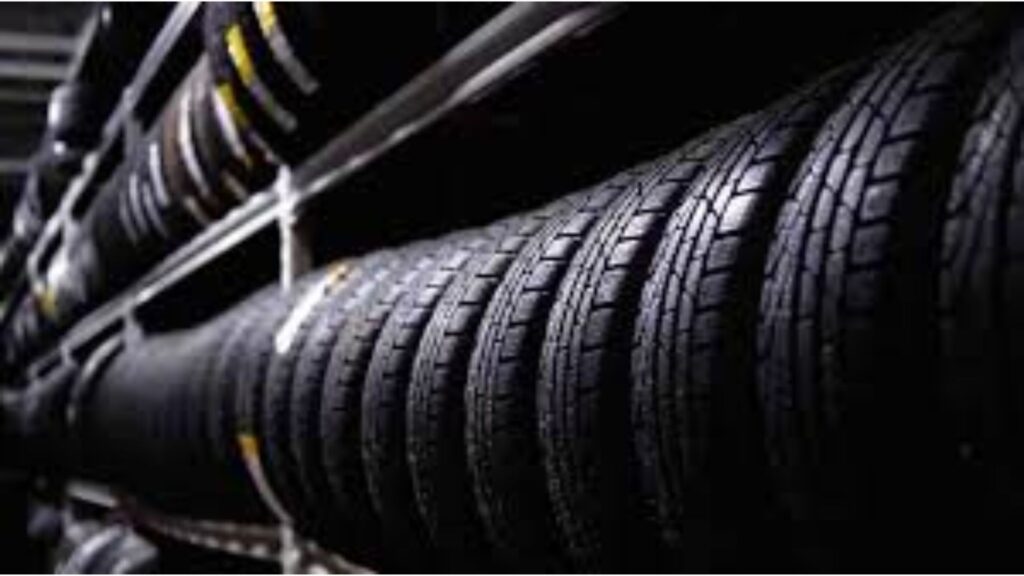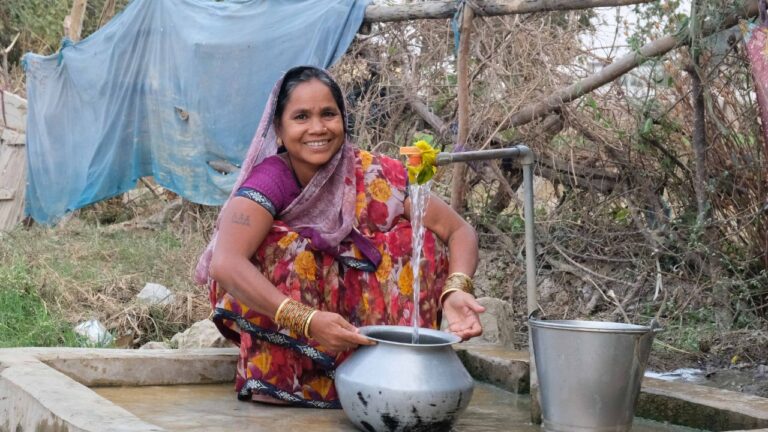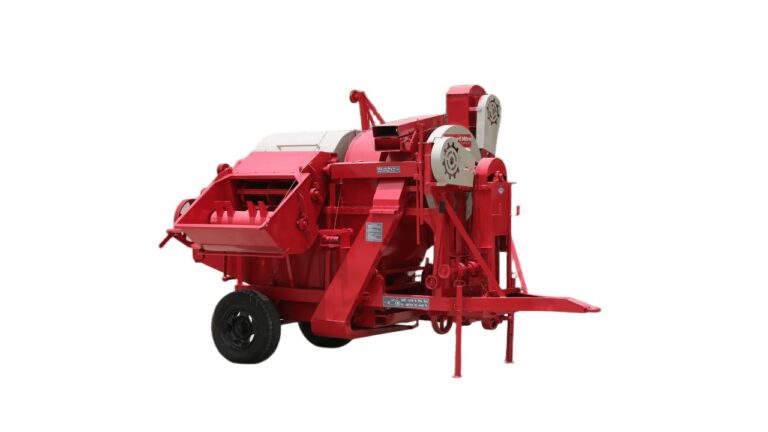
The Indian tyre industry has recorded a strong export performance in FY2024–25, achieving a 9% year-on-year increase. According to data from the Ministry of Commerce, tyre exports rose to ₹25,051 crore, up from ₹23,073 crore in the previous fiscal year.
The Automotive Tyre Manufacturers Association (ATMA) credited the industry’s consistent export growth to its resilience amid global uncertainties such as trade policy shifts, geopolitical tensions, and supply chain disruptions. This performance reflects the sector’s strengthening competitiveness and integration into international markets.
With an overall estimated turnover of ₹1 lakh crore, the tyre sector stands out as one of India’s top manufacturing industries in terms of export contribution. Exports now make up more than 25% of total revenue, demonstrating the industry’s significant international footprint.
Industry experts attribute this growth to substantial investments in production capacity, a rise in R&D initiatives, and market diversification strategies. “Over the past 3–4 years, manufacturers have committed close to ₹27,000 crore to greenfield and brownfield projects, showcasing long-term confidence in India’s economic growth,” said Arun Mammen, Chairman of ATMA.
A recent PwC Vision 2047 report projects the Indian tyre industry to grow at a compound annual growth rate (CAGR) of 11–12%, driven by rising domestic demand, innovation in technology, and increasing global market penetration.
Indian tyres are now being exported to over 170 countries. The United States remains the largest destination, accounting for 17% of export value, followed by Germany (6%), Brazil (5%), the UAE (4%), and France (4%). Farm tyres and Off-the-Road (OTR) tyres lead the export segment, together contributing nearly 60% of total export earnings.
While the industry continues to monitor potential tariff implications from the U.S., it is also actively exploring new international markets. “Our focus remains on promoting fair trade and maintaining a level playing field. At the same time, we are diversifying our export base to ensure continued growth,” Mammen added.
Indian tyre brands are increasingly gaining global recognition. Four major companies—Apollo Tyres, CEAT, JK Tyre, and MRF—were recently named among the world’s Top 15 Strongest Tyre Brands by Brand Finance, underscoring the sector’s rising stature.
Despite the robust growth, the industry faces significant challenges, particularly in securing Natural Rubber (NR), which remains a vital raw material. India currently meets around 40% of its NR demand through imports due to insufficient domestic production.
To address this, the industry has partnered with the Ministry of Commerce & Industry and the Rubber Board of India to launch Project INROAD. The initiative, backed by ₹1,100 crore in funding from four ATMA member firms, aims to develop 2 lakh hectares of NR plantations and bolster infrastructure and skill development in key rubber-growing areas.
India’s demand for NR is expected to hit 20 lakh tonnes by 2030. Although synthetic rubber dominates global tyre production, the Indian industry still relies on natural rubber for 60% of its output. This dual nature presents both a sustainability advantage and a supply chain challenge.
According to the International Rubber Study Group (IRSG), India registered the highest NR demand CAGR of 6.15% between 2020 and 2024 among all NR-producing and consuming nations, reinforcing the need to ramp up domestic NR production.
Industry leaders are urging swift policy support to bridge the raw material gap and secure India’s long-term position in the global tyre market.






